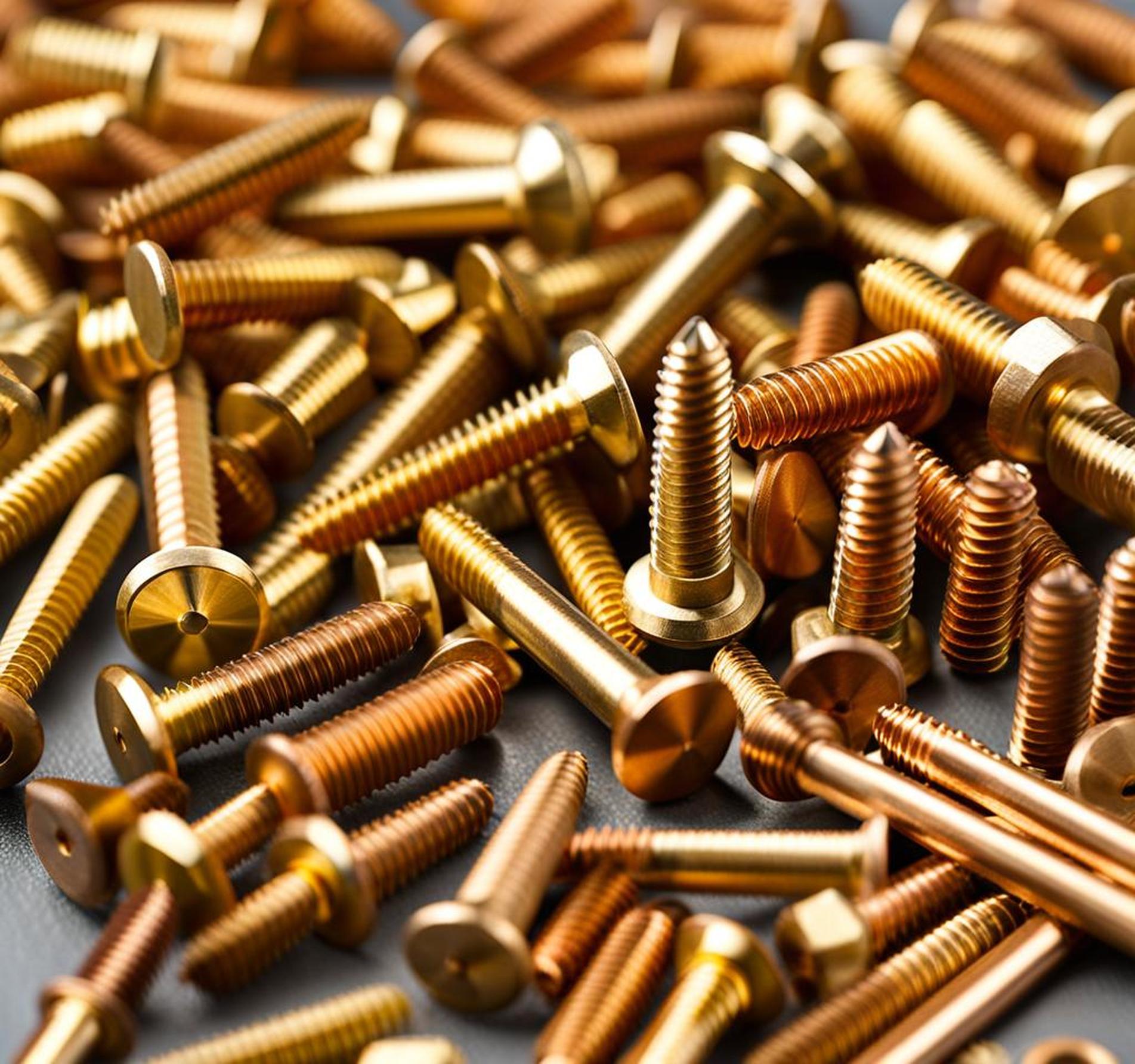Installing a wooden fence can protect privacy, enhance curb appeal, and add value to outdoor living areas. However, selecting substandard screws can cause unsightly rust stains, corrosion damage, and premature failure. Choosing the optimal rust-resistant screws tailored to your climate, wood type, and fence design is crucial for extended durability and aesthetics over decades of backyard enjoyment.
We also overview top screw types for fencing longevity, including stainless steel, silicon bronze, and polymer-coated varieties. Read on to learn insider tips on advanced thread designs, smart installation techniques, and DIY troubleshooting for loose pickets or rails. Let’s explore how proper screw selection and usage leads to fence fortitude in the face of weathering and wear.
Key Factors in Selecting Fence Screws
While screws at the hardware store may appear interchangeable, subtle differences in metal composition and coatings determine suitability for fencing. Consider these application specifics before purchase:
Climate and Environmental Factors
Recurring moisture and humidity accelerates corrosion, necessitating added rust-proofing precautions. Coastal regions also warrant salt-water resistant options. Meanwhile, inland areas require thermal shift allowances between summer and winter. Determine average conditions and worst-case climate scenarios.
Fence Material Factors
Pressure-treated posts and rails contain potent preservatives that can deteriorate metal over decades. Naturally rot-resistant woods like cedar also interact uniquely versus pine. Older installations also suffer more weathering around nail holes.

Primary Screw Features to Evaluate
Optimal screws boast triple protective power: tenacious gripping strength, enduring rust-resistance, and easy driving during amateur installations. Analyze shear strength specs, metal hardness ratings, driver types, and coating integrity assurances.
Top Screw Types for Rust Prevention
Specialized screws engineered for outdoor structures like decks make ideal selections. Let’s compare premium materials and protective finishes that fight corrosion:
Stainless Steel Screws
Alloy mixes like 303 and 305 prove less prone to surface pitting but involve tradeoffs around expense, availability, and challenges driving into hard woods. Brushed finishes hide traces of wear.
Consider stainless steel screws in persistently wet regions for maximum waterproofing confidence over decades.
Silicon Bronze Screws
This copper-rich blend naturally resists moisture with sustainably sourced metal. Silicon bronze offers a middle-ground for cost and protection between stainless steel and coated alternatives.
The warmth of silicon bronze screws enhances aesthetic appeal for visible fence board fastening.
Polymer-Coated Screws
Electrostatically-applied epoxy, polyethylene, polyester and other polymer top-coats bring affordable corrosion defense to carbon steel screws. However, chipped surfaces lose effectiveness.
Multilayer polymer-coated provide an economical sweet spot for typical residential fencing needs.
Structural Holding Power
Robust thread design paired with hardened steel boosts shear strength, while sharp tips bore deeply into posts and rails for unmatched gripping power:
Thread Design and Size
Wider spacing enables thicker stock that withstands forces. But densely packed threading proves easier for amateur installation while limiting wood splitting.
Optimal thread spacing strikes a balance between structural integrity and installation convenience.
Drive Style Heads
Star drive recesses minimize cam-out stripped screws while maximizing transfer of driving torque. External hex-heads cater to interchangeable bit drivers.
The best fence screws feature heads that recess flush within boards for safety and aesthetics.
Attaching Fence Boards
Proper techniques prevent frustrating boards that loosen over time:
Technique Tips
Pilot holes pre-align screws to prevent wood splitting while allowing full threading. Stain blocking strips give pickets expansion room during humidity swings.
Use area-appropriate length screws to avoid excess protrusion while fully engaging rail depths.
Troubleshooting Loose Boards
Inspect for ring shank thread stripping under board ends indicating replacement needs. Also confirm proper spacing hasn’t let pickets wobble free.
Reinforce existing screws with angled duo fasteners to restore stability.
Assembling the Fence Frame
Robust construction begins with secure connective foundations:
Securing Rails to Posts
Specified shear points indicate load capacities comparable to lag bolts but with easier driving and boarding adjustments later.
Pre-drill oversized holes before ratcheting structural screws into end grain for strongest hold.
Reinforcing Gate Posts
Gridded girts deliver an automatically perfectly square brace matrix that still allows picket customization.
Select aluminum alloy or triple-layer coated adjustable gate fittings and hinges at the highest cost tier feasible.
The right screws for fencing bring confidence your backyard sanctuary will gracefully stand through seasons without disfiguring rust blooms. Follow material guidelines and expert techniques for durable, sustainable, beautiful fences that protect your property for decades.
